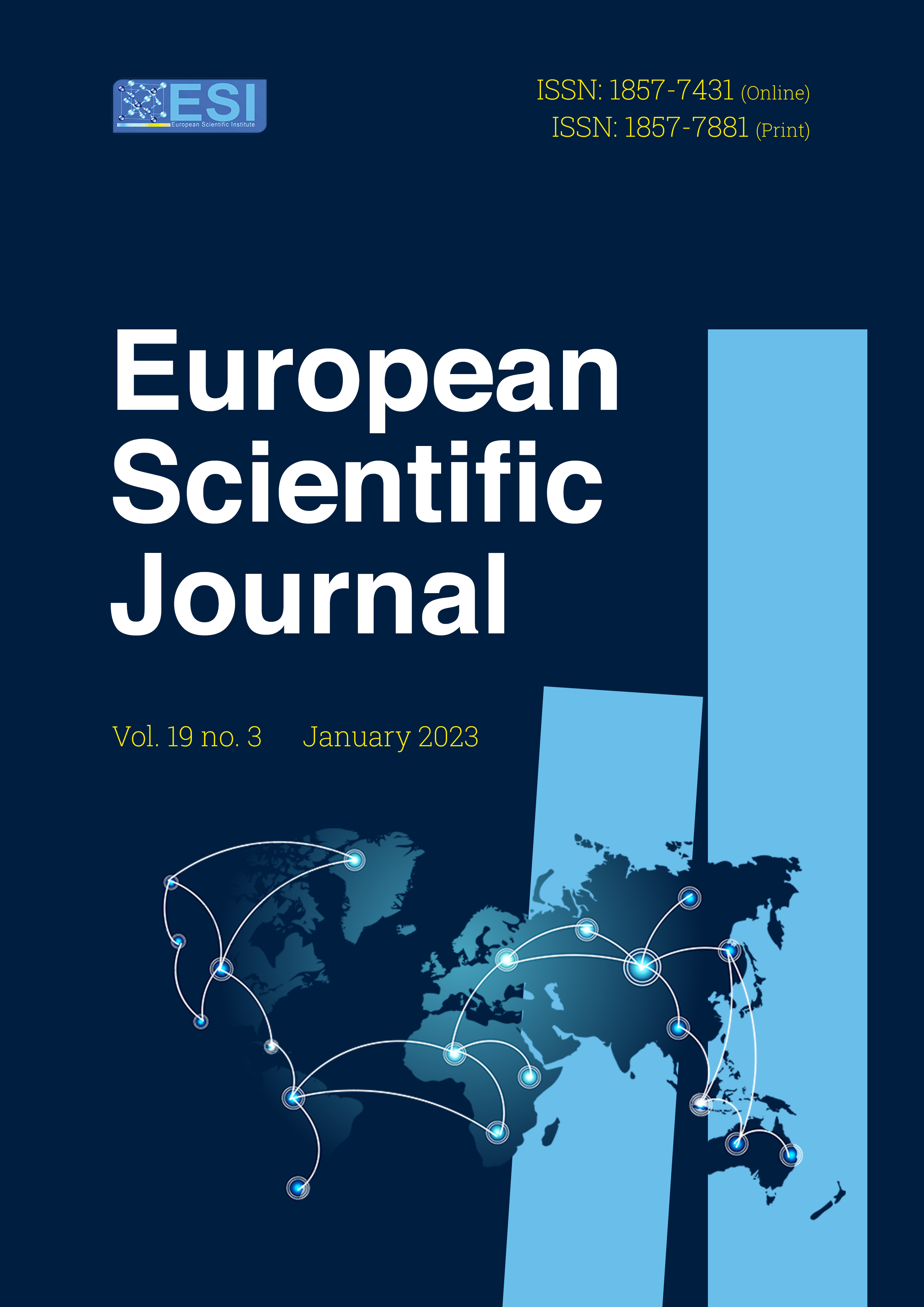Lutte Biologique Contre le Charançon Noir du Bananier Cosmopolites Sordidus (Germar, 1824) (Coleoptera: Curculiondae): Utilisation de Pieges Inocules avec le Champignon Entomopathogene Metarhizium Anisopliae
Abstract
Cosmopolites sordidus, communément appelé le charançon noir, est une contrainte majeure à la production bananière (Musa spp.). Le champignon entomopathogène Metarhizium anisopliae (Ascomycota: Hypocreales) se présente comme une alternative de lutte contre le charançon. Nos essais ont été conduits pour évaluer l'efficacité de méthodes de lutte utilisant le champignon dans les jachères et les bananeraies établies. Dans les jachères, le piège à phéromone inoculé avec le Metarhizium et le piège à phéromone couple au ramassage des charançons ont été comparés pour leur efficacité à réduire les infestations. Dans les parcelles établies, le piège à pseudo-tronc inoculé avec le Metarhizium a été comparé à l'application chimique, et, la combinaison du piège à pseudo-tronc inoculé avec le Metarhizium couplée à l'insecticide chimique. L'efficacité des traitements a été mesurée par les paramètres de Vilardebo: le coefficient d'infestation et le taux d'infestation. Les résultats ont montré que le traitement utilisant M. anisopliae s'est avéré le plus efficace, réduisant l'infestation larvaire. Dans les parcelles en production continue, insecticide chimique + traitement de M. ansisopliae et application mensuelle de piège à pseudotronc inoculé, ont réduit les paramètres d'infestation de plus de 50 %. Avant la replantation de la jachère, une combinaison de phéromone + M. anisopliae a diminué les niveaux d'infestation larvaire de 60 %. Les pièges inoculés avec le champignon entomopathogène Metarhizium sont apparus comme une méthode innovante et durable pour lutter contre le charançon du bananier Cosmopolites sordidus.
Cosmopolites sordidus is a serious constraint to banana (Musa spp.) production. The entomopathogenic fungus Metarhizium anisopliae, Ascomycota: Hypocreales, offers a potential weevil management option. Our investigations were carried out to evaluate the efficacy of different pest management in fallows and established banana fields. In the fallows, the pheromone trap inoculated with Metarhizium and the pheromone trap with weevil collecting were compared for their efficacy to reduce weevil larval infestation. In the established banana field, the pseudostem trap inoculated with Metarhizium was compared to chemical application, and the combination of pseudostem trap inoculated with Metarhizium and chemical application. The efficiency of the treatments has been measured by Vilardebo parameters: the coefficient of infestation and infestation rate. The results showed treatment using M. anisopliae proved most effective, reducing larval infestation. In Banana established fields, chemical insecticide + application of M. ansisopliae treatment and monthly application of pseudostem trap inoculated, reduced these infestation parameters by more than 50 %. Before fallow replanting, a combination of pheromone + M. anisopliae had declined the larval infestation levels by 60 %. Inoculated traps with entomopathogenic fungus Metarhizium appeared to be an Innovative and Sustainable Method to control Banana Weevil Cosmopolites sordidus in Banana and Plantain Fields.
Downloads
Metrics
PlumX Statistics
References
2. Aby, N., Séka, C. L., Traoré, S., Kobénan, K. et Kouakou, T. H. (2015a). Effects of some fungicides and nematicides used in a banana plantation on pathological characteristics of Metarhizium sp., biological agent control of banana weevil Cosmopolites sordidus Germar (Coleoptera: Curculionidae). International Journal of Current Microbiology and Applied Sciences 4(6): 1050-1065.
3. Aby, N. (2013). Lutte biologique contre le charançon noir du bananier, Cosmopolites sordidus Germar (Coleoptere: Curculionidae) en Côte d’Ivoire: Caractéristiques entomopathologiques d’isolats locaux de Metarhizium sp testés sur les populations au laboratoire et en bananeraie. Thèse de Doctorat unique Université Félix Houphouët-Boigny de Cocody, Côte d’Ivoire, 181p.
4. Aby, N., Kobenan, K., Kehe, M., Gnonhouri, P., Kone, D., Zouzou, M. (2010). Metarhizium anisoplae: parasite du charançon noir du bananier Cosmopolites sordidus dans les bananeraies Ivoiriennes. Journal of Animal & Plant Sciences. Vol. 7 (1): 729-741. http://www.biosciences.elewa.org , ISSN 2071 – 7024
5. Armendariz, I., Landzuri, P., Ulloa, S. (2014). Buenas practicas para el control del Picudo del Platano, Cosmpolites sordidus, en Ecuador. Technical Report Universidad de las Fuerzas Armadas, ESPE. IASA 1 y 2.
6. Devault, D. A., Karolak, S., Levi, Y., Rousis, N. I., Zuccato, E,. Castiglioni, S. (2018). Exposure of an urban population to pesticides assessed by wastewater-based epidemiology. in a Caribbean island Science of the Total Environment, 644, 129–136.
7. Gold, C. S., Okech, S. H., Nokoe, S. (2002). Evaluation of pseudostem trapping as a control measure against banana weevil, Cosmopolites sordidus (Coleoptera: Curculionidae) in Uganda. Bulletin of Entomological Research. 92(1):35–44.
8. Joachim, C., Veronique-Baudin, J., Ulric-Gervaise, S., Pomier, A., Pierre-Louis, A., Vestris, M., Novella, J. L., Drame, M., Macni, J., Escarmant, P. (2019). Cancer burden. in the Caribbean: An overview of the Martinique cancer registry profile. BMC Cancer, 19, 239.
9. Mbwana, A. S. S., Rukazambuga, N. D. T. M. (1998). Banana IPM in Tanzania. In: Frison, E., Gold, C. S., Karamura, E. B., Sikora, R. A., editors. Mobilizing IPM for sustainable banana production in Africa. Proceeding Workshop on Banana IPM held in Nelspruit, South Africa, 23–28 November 1998. Montpellier: INIBAP; 1999. p. 237–245
10. Okolle, N. J., Ngosong, C., Nanganoa, L.T., et Dopgima, L. L. (2020). Alternatives to synthetic pesticides for the management of the banana borer weevil (Cosmopolites sordidus) (Coleoptera: Curculionidae). CAB Reviews, 15(026), 1–24.
11. Rhino, B., Dorel, M., Tixier, P., Risède, J. M. (2010). Effect of fallows on population dynamics of Cosmopolites sordidus: toward integrated management of banana fields with pheromone mass trapping (p). Agricultural and Forest Entomology. 12(2):195-202.
12. Shinde, D., Wadaskar, P., Bhoyar, M. (2015). Banana weevil and its management. Indian Farmer, 2, 182–184.
13. Tinzaara, W., Gold, C. S., Dicke, M., Huis, A. V., Nankinga, C. M., Kagezi, G. H., Ragama, P. E. (2007). The use of aggregation pheromone to enhance the dissemination of Beauveria bassiana for the control of the banana weevil in Uganda. Biocontrol Science and Technology, 17, 111– 124.
Copyright (c) 2023 Aby N’Goran, Kouadio Demby Laetitia Muriel, N’Guetta Adelaïde, Koffi Kouamé Cyrille Germain, Atsin Olivier, Gnonhouri Goly Philippe, Traore Siaka

This work is licensed under a Creative Commons Attribution-NonCommercial-NoDerivatives 4.0 International License.








